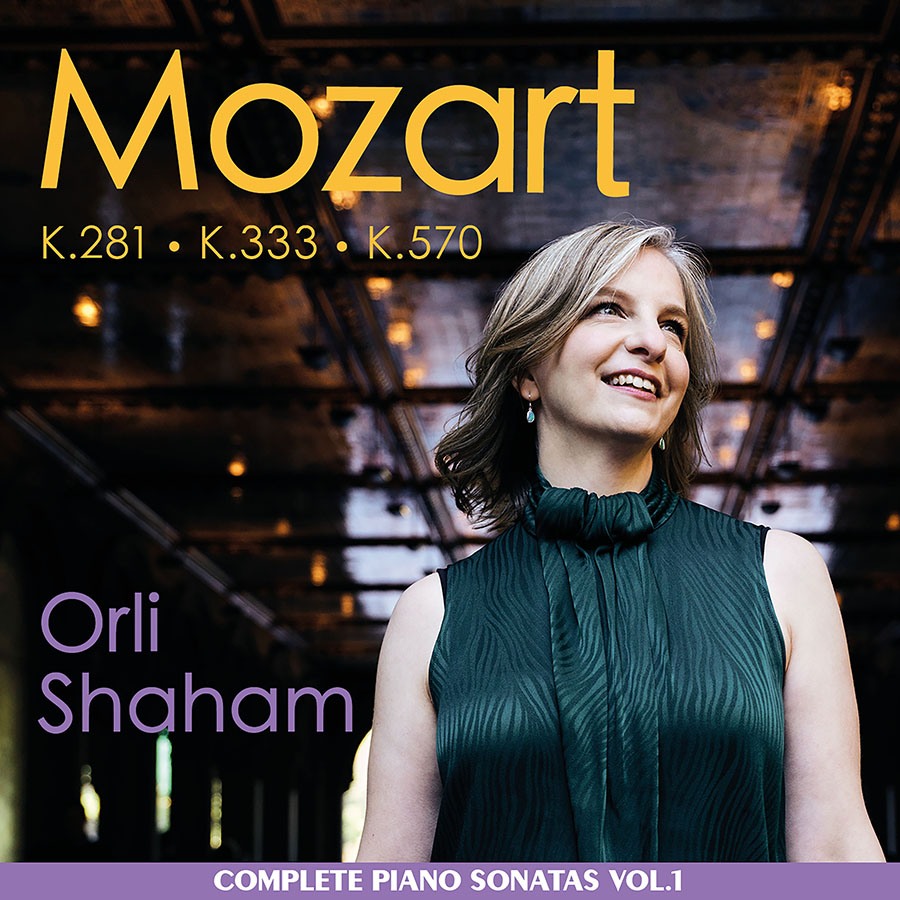
Limelight Magazine reviews Orli Shaham's "Mozart Piano Sonatas"
January 15, 2021
Three years ago, when her husband David Robertson was Sydney Symphony Orchestra’s chief conductor, US pianist Orli Shaham gave a beautifully nuanced recital linking Brahms backwards to Bach and forwards to Brett Dean and Israeli composer Avner Dorman. Not only was the programming inventive and well thought out, but also the execution was immaculate.
That program can be found on disc on Canary Classics, a label established by her violinist brother Gil, and now she is turning her keenly intelligent attention to Mozart’s 18 piano sonatas, starting the cycle in an interesting way with the three works in B Flat – Nos 3, 13 and 17. “They are all so different, yet the B Flats combine to create a perfect mirror of Mozart’s development from his late teens to full maturity,” Shaham says.
A noted broadcaster, educator and writer in America, Shaham challenges Artur Schnabel’s famous remark that the sonatas are “too easy for children and too difficult for adults”. The key to them is that they are vocal in nature: “Everything is singable; it’s rare to find intervals in Mozart’s music which are not,” she says.
In the K281, written when Mozart was 19, Shaham captures the freshness and Haydnesque airiness of the opening movement. By the time he wrote K333, in 1783, Mozart was in Vienna performing concerts for connoisseurs and the K570, from 1789, was published posthumously.
Like the man, Mozart’s 18 sonatas contain multitudes, and with Shaham we have an intelligent and sensitive guide.